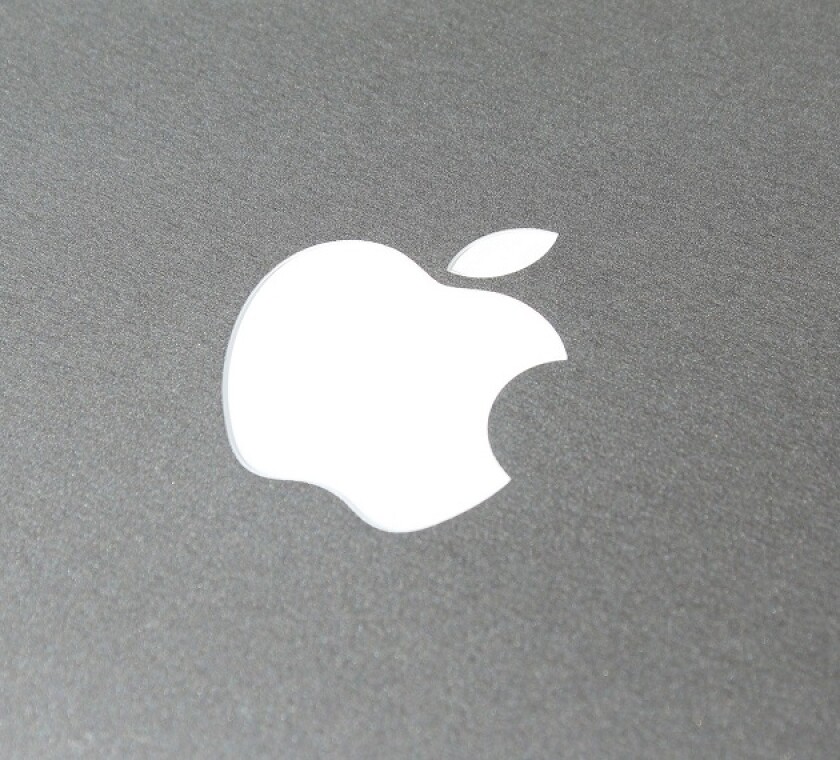Apple and the Irish government managed to overturn the EU’s controversial 2016 decision to recoup €13 billion, plus more than €1.2 billion in interest following an investigation.
The General Court annulled the EC's 2016 decision, stating that "the Commission did not succeed in showing to the requisite legal standard that there was an advantage for the purposes of Article 107(1) TFEU".
Referring to Article 107(1) of the Treaty on the Functioning of the European Union (TFEU), the court said the EU's Competition Commission was "wrong" to declare that Apple's Irish entities had been granted an economic advantage through state aid. In addition, it said the Commission "did not prove" that "the contested tax rules were the result of discretion exercised by the Irish tax authorities" that led to a selective advantage for Apple's Irish operations (ASI and AOE).
"According to the General Court, the Commission should have shown that the income represented the value of the activities actually carried out by the Irish branches themselves, in view of, inter alia, the activities and functions actually performed by the Irish branches of ASI and AOE, on the one hand, and the strategic decisions taken and implemented outside of those branches, on the other hand," the court's press release on the case stated.
If the Commission, however, had shown that the income of Apple's Irish entities represented the value of the activities actually carried out by the Irish branches themselves, then the decision may have been different.
Nevertheless, the court did express some "regret" on the "incomplete and occasionally inconsistent nature of the contested tax rulings", but stressed that in Apple's case the defects identified by the European Commission were not sufficient enough to prove the existence of a tax advantage.
The 2016 decision in the Apple case surprised almost everyone and the General Court's decision is no different. The US claimed it was discrimination and the EU was going after American businesses, while the Irish government decided to fight its corner and defend its economic strategy.
The result was a worldwide debate about whether Ireland had granted the company illegal tax benefits and where the line should be drawn between tax incentives and state aid. This decision may not have resolved this debate, especially if the case is appealed, but it has set an important precedent in tax law.
The state aid controversy
Both the Irish authorities and Apple have vehemently denied any wrongdoing since the EU Competition Commission launched its state aid investigation and carried to its conclusion under the leadership of then Competition Commissioner Margrethe Vestager. The point of contention was whether or not the Irish tax rulings granted to Apple in 1991 and 2007 breached EU state aid law.
The European Commission argued that these rulings granted Apple an “unfair advantage” over other companies. These so-called ‘sweetheart deals’ allowed the US company to route its profits from European sales through its Irish subsidiary to a head office located “nowhere”, the European Commission claimed in its investigation report.
This is how the company reported profits of €16 billion in 2011 and paid tax on just €50 million in Ireland, according to US Senate hearings. The European Competition Commission argued that Apple’s effective tax rate in Ireland fell to an all-time low of 0.005% in 2014.
However, the US company maintains that this rate is misleading because it includes Apple’s global revenue and the global effective tax rate was 24.6%. The dispute over where Apple should pay tax and how much is part of a larger economic picture.
The US technology company has operated in European markets through Ireland for decades. Apple first set up its Irish operation in Cork in 1980 and today has more than 6,000 employees in the country, but the operation came with a dual structure: a head office running in parallel to the manufacturing plant.
At the time, the Irish government was seeking to reposition its economy as the best entry-point into Europe for US businesses and redesigned its tax system to attract foreign direct investment (FDI). Four decades on, the Irish model has succeeded in attracting investment – and controversy.
The Irish government approved Apple’s dual structure and allowed the company to operate at a very low tax cost. The US company has long stressed its actions were above board and in line with the law, but it would have moved assets to the US if the corporate rate was cut.
As promised, after the US Tax Cuts and Jobs Act (TCJA) was passed in 2017, Apple expanded its US operations and moved $250 billion into its home country because the corporate headline rate was cut to 21% and a special rate of 15.5% was created for repatriations.
What now?
The General Court decision is a great victory for Apple and the Irish government, but the tax world has changed fundamentally since the case began. This court decision may be a comfort to taxpayers, yet they still face unprecedented uncertainty.
Many technology companies have restructured ahead of the final verdict, including Google, because European arrangements are not what they used to be. The kind of tax loopholes Apple once enjoyed are no longer possible, especially with the end of the ‘double Irish’ schemes.
The double Irish tax structure has been wound up, whereas the US has transformed its tax code to persuade American corporations to bring their cash home. The combination of tax scandals and disputes have expedited changes in global tax policy.
Over the same period, the OECD and the EU have pursued a raft of anti-tax avoidance measures to reduce profit shifting and base erosion. The world of tax has changed dramatically since the EU launched its investigation into Apple in 2013.
Businesses have had to adjust to the new tax environment. This doesn’t mean there are no more opportunities for businesses to slash their tax bills, but the rules have changed.
The debate is now about where businesses should pay tax, not so much whether they pay enough. Yet the business community will be eager to find more cost-effective ways to adjust despite knowing for several years that the substance test has raised the bar.











